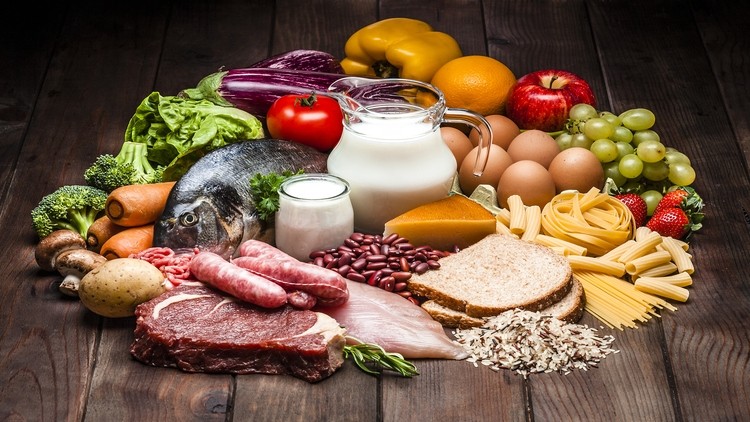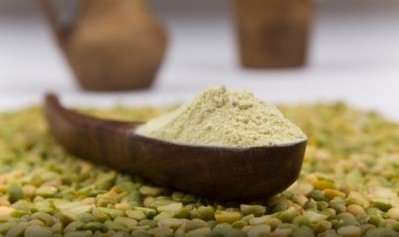Risk of high blood pressure reduced by eating a mix of proteins, study finds

Researchers in China found that eating more proteins in proper quantities could ensure absorption of different essential amino acids which may “correlate with better nutritional status, microbiota richness and diversity.”
High blood pressure is a global problem and one of the leading contributors to cardiovascular disease and if it is left untreated, can lead to damage to the circulatory system becoming a major contributing factor to heart attacks, strokes and other conditions.
Improving nutrition may be the easiest and most accessible way to fight against hypertension, the researchers said.
They wrote: “Along with fat and carbohydrates, protein is one of the three basic macronutrients. The relationships of the variety and quantity of different sources of dietary proteins with hypertension remain uncertain. We aimed to investigate associations between the variety and quantity of proteins intake from 8 major food sources and new-onset hypertension among 12,177 participants from the China Health and Nutrition Survey.”
Information was analysed from the adults who took part in at least two of the seven rounds of the survey that ran every two to four years from 1997 to 2015. The initial survey was used as a baseline while data from their last one was used as a comparison.
Protein scores
The dietary intake of those taking part was measured by three consecutive 24-hour dietary recalls together with a household food inventory. The variety score of proteins was defined as the number of protein sources consumed at the appropriate level, accounting for types and quantity of proteins.
The proteins were all given a variety score which was based on the number of different types of protein out of eight. These included whole grains, poultry, fish, eggs, legumes, refined grains, processed and unprocessed red meat. After giving one point for each source of protein (with a maximum score of eight), the researchers then evaluated the association for new onset hypertension in relation to the variety score.
New onset hypertension was defined as systolic blood pressure greater than or equal to 140 mm Hg and or diastolic blood pressure greater than or equal to 90 mm Hg, those taking blood pressure lowering medicine or self-reporting that a physician diagnosed high blood pressure since their last survey visit. The average time to follow up was 6.1 years.
The findings published in the American Heart Association found more than 35% of those who took part developed new-onset high hypertension during the follow-up. Those with a higher variety score (four or more) had a 66% lower risk of developing high blood pressure than those with a score of less than two. For all eight of the protein types, there was a window of consumption amount, where the risk of hypertension was lower. The researchers described this as the appropriate level of consumption. When the total amount of protein intake was considered, the amount eaten was divided into five categories (quintiles) from least to most intake. Those who ate the least amount of protein had the highest risk for new onset of hypertension.
Balanced diet advice
The main message, the researchers said, was that “consuming a balanced diet with proteins from various different sources rather than focusing on a single source of dietary protein may help prevent the development of high blood pressure.”
However, one limitation they included in the study was because they used prior health information, they could not definitively prove protein intake of any kind or quantity caused or prevented new-onset hypertension.
Source: AHA Journals and American Heart Association
Published: https://doi.org/10.1161/HYPERTENSIONAHA.121.18222
'Inverse Association Between Variety of Proteins With Appropriate Quantity From Different Food Sources and New-Onset Hypertension'
Authors: Chub Zhou et al














